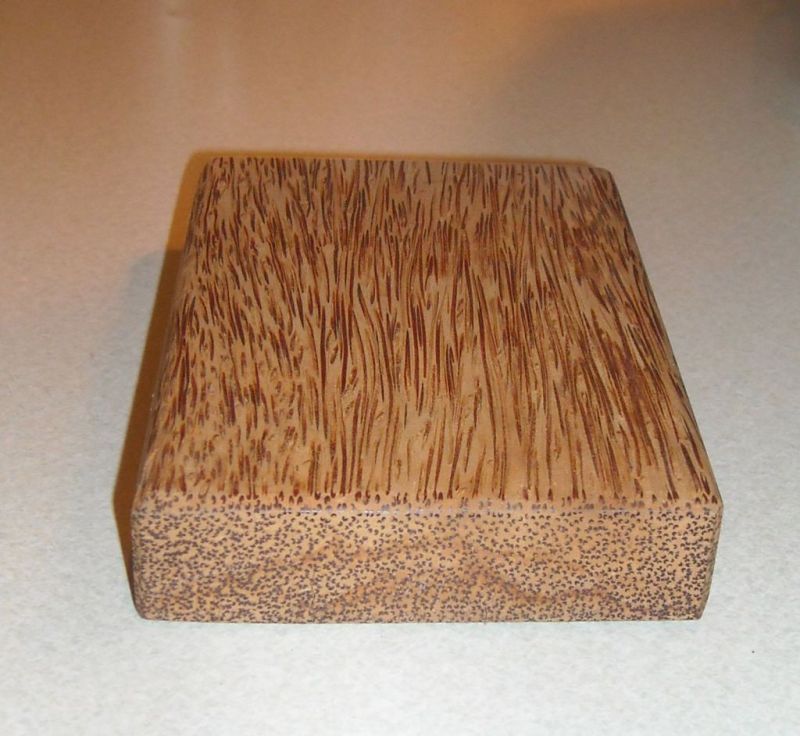Question
I am trying to calculate shrinkage of pressure treated lumber for a customer. The people where I have my wood treated say they do not know the moisture content after removing it from tank. Does anyone have a figure? Any help would be appreciated.
Forum Responses
(Sawing and Drying Forum)
From contributor D:
A lot of treated lumber is sold not dried after treatment. I would suggest buying it that way because it will shrink a lot, it may mold and stain, and it could also be a health hazard. I would recommend looking into KDAT. It will be slightly more expensive, but worth it.
There are a number of treaters who do kiln dry after treatment and you can search for their product. Use a moisture meter with appropriate correction factor to determine the moisture content. Anticipated shrinkage can be calculated from specific gravity and moisture content change, or it can be determined from tables in the DKOM.
When it comes out of the tank, it is literally dripping yellow-green water. That’s why I am assuming there will b more shrinkage than the same species of pine untreated. (SPF is only treatable to refusal, which is why you do not find it on the market other than non structural items).
Most of what is sold as KDAT is foundation grade, .60, which is still the old CCA. You can purchase ACA and ACQ .25 &.40 KDAT, but I usually figure 50M. All of out treated suppliers have Kilns. Here in Michigan, most people are concerned about appearance, rather than dryness. Some architects specify KDAT, but rarely are the specifics checked, and rarely is it used, other than wood foundations and basements.
One problem with KDAT is that the wood will often warp excessively in the second drying. The grade however, is based on the quality after the first drying process (before treating). Hence, with KDAT, someone will have some lumber that is now not too useable.
Oftentimes, this warped lumber is still sold, based on the earlier grade, so the user now has an undesired waste factor, raising the true price above $50 per MBF to the user. This warp is not bad drying, but is just the way wood behaves. (Comments based on SYP treated with CCA.)
If you have S-DRY, then you can expect more shrinkage to the final moisture content, as S-DRY is often in the 20% plus moisture content range. However, if the wood is used outside and in a more humid location, then S-DRY is 1.5" thick when planed the first time and will achieve that same size as it dries back to 20% moisture content after treating.
Comment from contributor A:
Looking for a practical type solution, I will suggest the following. In the area you plan to use the PT, look for a similar material that's been installed. For 1x12 you might look at and measure several wooden fences and measure the gap. Most installers butt the pickets tight and level as they go. Most 1x6 pickets here shrink a little less than 1/2" or about 9%. Most of that wood is 20 or 35% grade. The .6 is made to be installed in water in place of creosote. The shrinkage will be slower, if you spray it with Thompson Water Seal. I would use dock seal, if you decide to do that.
